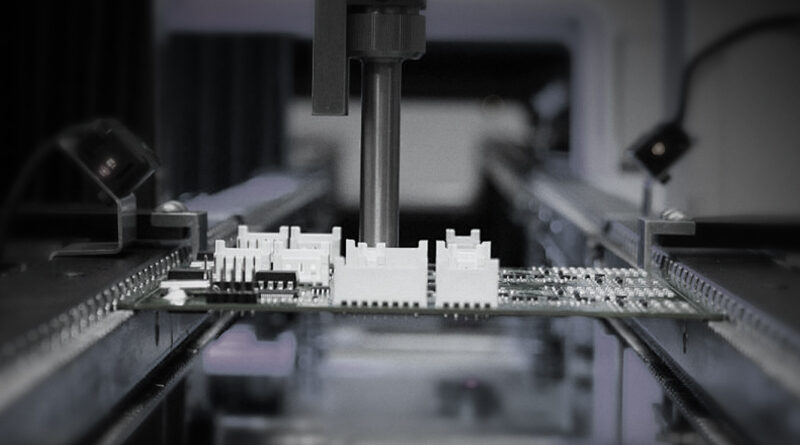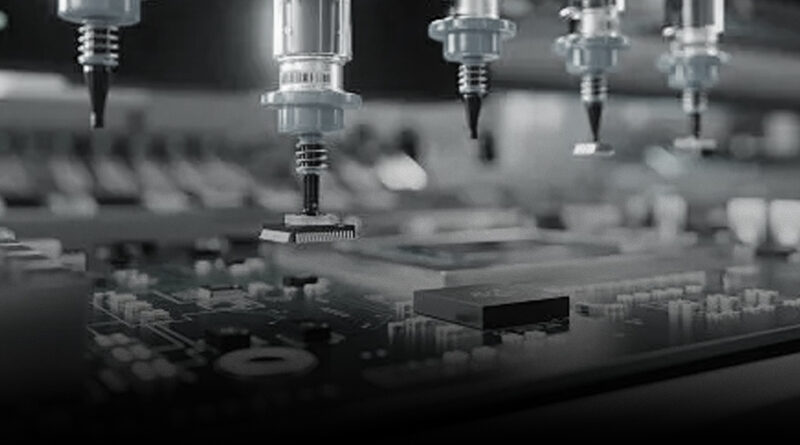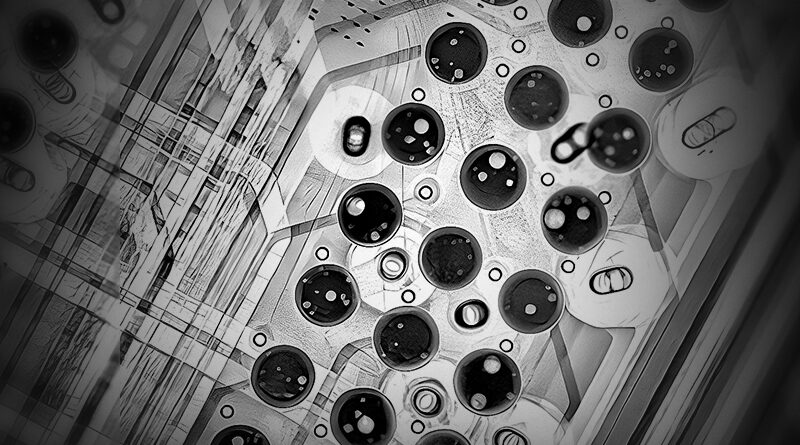The field of radiological imaging has undergone a significant transformation over the years, with an increasing emphasis on accuracy, efficiency, and patient safety. Among the essential tools that have emerged in this domain are X-ray counters—devices that play a pivotal role in analyzing radiation levels and enhancing the quality of imaging. This article delves deep into what X-ray counters are, how they function, their applications, and the latest innovations in this technology.
What is an X-Ray Counter?
An X-ray counter, often referred to as a dosimeter or radiation counter, is an instrument designed to measure ionizing radiation levels in a specific area. Its purpose is fundamental in medical imaging facilities, research laboratories, and industrial settings where X-rays are utilized. These devices provide crucial feedback about radiation exposure, ensuring that both professionals and patients remain within safe limits while receiving or administering X-ray diagnostics.
Types of X-Ray Counters
There are several types of X-ray counters available on the market, each suited for different applications:
- Geiger-Müller (GM) Counters: These are perhaps the most recognizable type of radiation counters. They can detect various forms of ionizing radiation, including alpha, beta, and gamma rays. GM counters are widely used due to their reliability and ease of use.
- Scintillation Counters: Utilizing scintillation crystals to detect radiation, these counters are known for their high sensitivity and precision. They are often employed in medical and nuclear facilities.
- Semiconductor Detectors: These advanced detectors offer exceptional accuracy and are used for specific applications, such as research labs and specialized medical imaging departments.
- Personal Dose Monitoring Devices: These are worn by medical professionals to monitor radiation exposure in real-time, ensuring they remain within safety thresholds during procedures.
How X-Ray Counters Work
X-ray counters function based on specific principles associated with radiation detection. Here’s how they operate, broken down into essential components:
- Radiation Interaction: When ionizing radiation strikes the detector material, it produces charged particles.
- Signal Generation: These charged particles trigger a response in the counter’s detection medium (e.g., gas, scintillation material).
- Data Processing: The generated signals are processed by the counter’s electronic circuitry, leading to the quantification of radiation levels.
Applications of X-Ray Counters
X-ray counters have comprehensive applications across various sectors:
- Medical Imaging: In hospitals and clinics, X-ray counters ensure that patients and healthcare professionals are not exposed to dangerous radiation levels during imaging procedures.
- Industrial Applications: Industries that utilize X-rays for inspections, such as aerospace and manufacturing, rely on these counters for safety compliance and quality assurance.
- Nuclear Facilities: In nuclear plants, X-ray counters are used extensively to monitor radiation exposure, ensuring a safe working environment.
- Research and Development: In academic and research institutions, these devices support a wide range of experiments involving X-rays.
Latest Innovations in X-Ray Counter Technology
Continued advancements in technology have significantly influenced the development and functionality of X-ray counters. Some of the recent innovations include:
1. Wireless Technology
Modern X-ray counters are increasingly equipped with wireless capabilities, enabling real-time data transmission to mobile devices or central databases. This allows professionals to monitor exposure levels remotely and make informed decisions.
2. Integration with AI
Artificial intelligence (AI) is transforming how radiation exposure data is interpreted. AI algorithms can analyze trends and patterns over time, providing deeper insights into radiation safety and helping teams develop proactive strategies.
3. Enhanced Sensitivity
With advancements in materials science, several X-ray counters now feature improved sensitivity, allowing them to detect even minimal radiation levels. This enhances safety protocols and ensures compliance with stringent regulatory standards.
4. User-Friendly Interfaces
The latest models prioritize user experience, incorporating intuitive interfaces. Simplified operation reduces the learning curve for new users, enabling them to efficiently utilize the technology from day one.
Best Practices for Using X-Ray Counters
To maximize the efficacy of X-ray counters in any setting, users should adhere to best practices:
- Regular Calibration: Ensure that X-ray counters are calibrated regularly for accurate measurements.
- Proper Training: Provide comprehensive training for all personnel on the correct use of X-ray counters and the interpretation of data.
- Timely Maintenance: Schedule routine maintenance checks to ensure counters are functioning optimally.
- Data Analysis: Periodically analyze radiation data to identify trends and improve safety protocols.
- Compliance Monitoring: Stay informed about regulations governing radiation safety and ensure that all practices are compliant.
Future Directions in X-Ray Counter Technology
Looking ahead, the future of X-ray counters seems promising, shaped by technological advancements and an increasing focus on health and safety. Potential developments include:
- Sustainability in Design: Future designs are likely to incorporate eco-friendly materials and lower energy consumption rates.
- Machine Learning Enhancements: As machine learning algorithms continue to evolve, we can expect even greater accuracy in radiation measurement and hazard identification.
- Seamless Integration with Healthcare IT Systems: X-ray counters will likely be designed for compatibility with other healthcare IT systems, enabling enhanced patient management and safety tracking.
In summary, X-ray counters are indispensable tools in modern medical imaging and numerous industrial applications. Their ability to ensure radiation safety hinges not only on their design and functionality but also on how effectively they are integrated into user practices. As advancements continue to emerge, industry professionals can look forward to enhanced capabilities that will bolster both safety and efficacy in radiation management.





